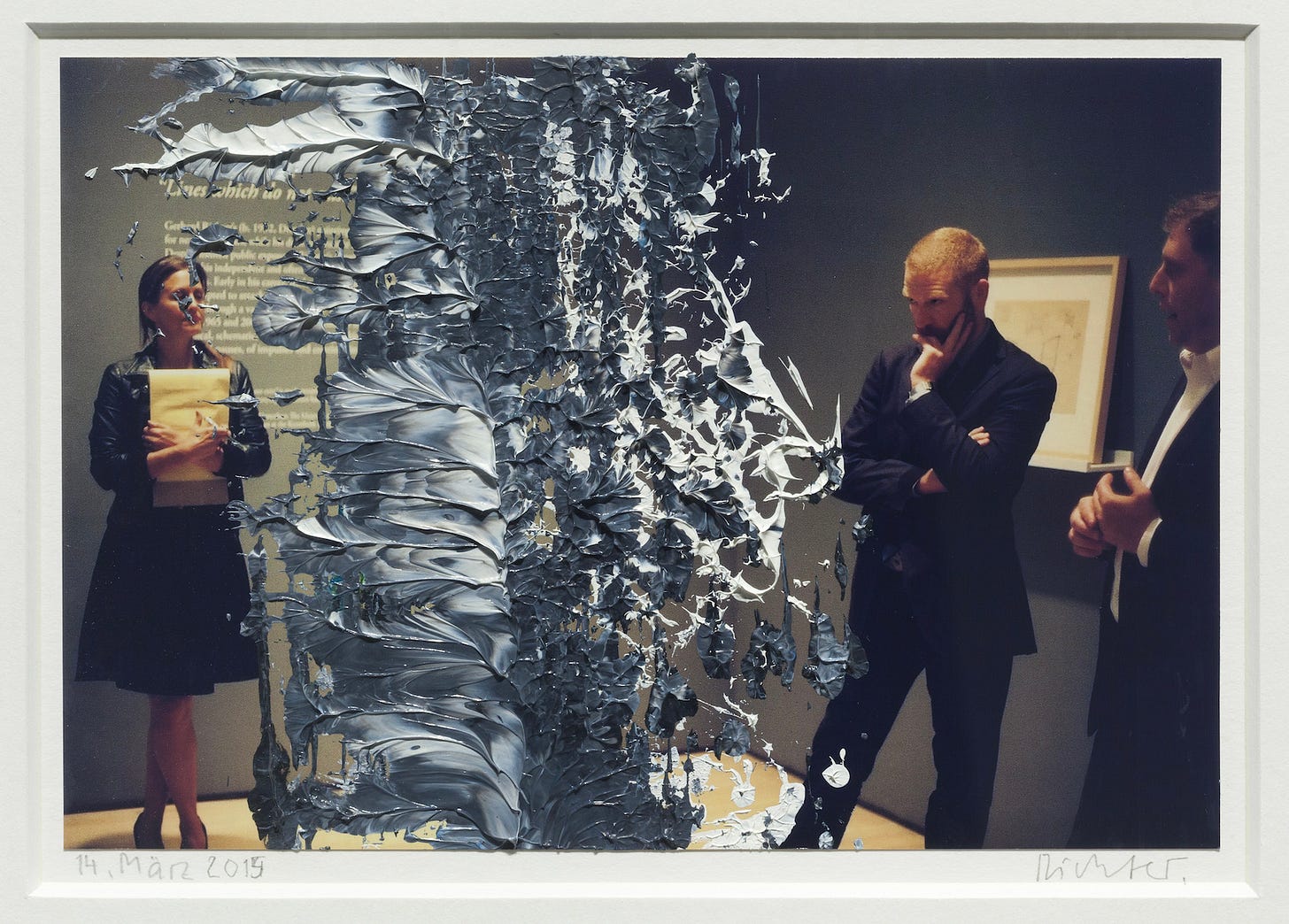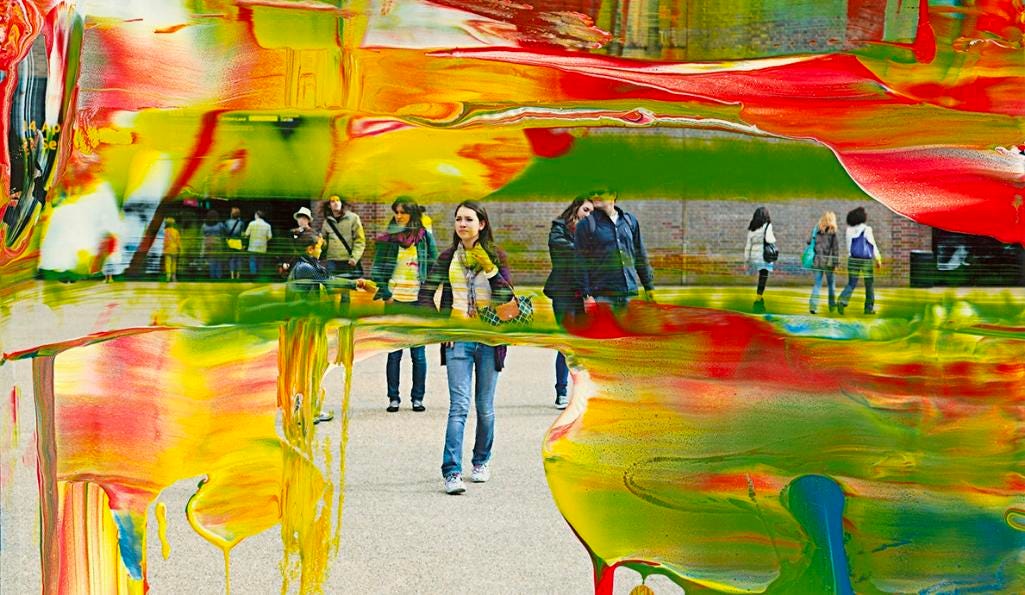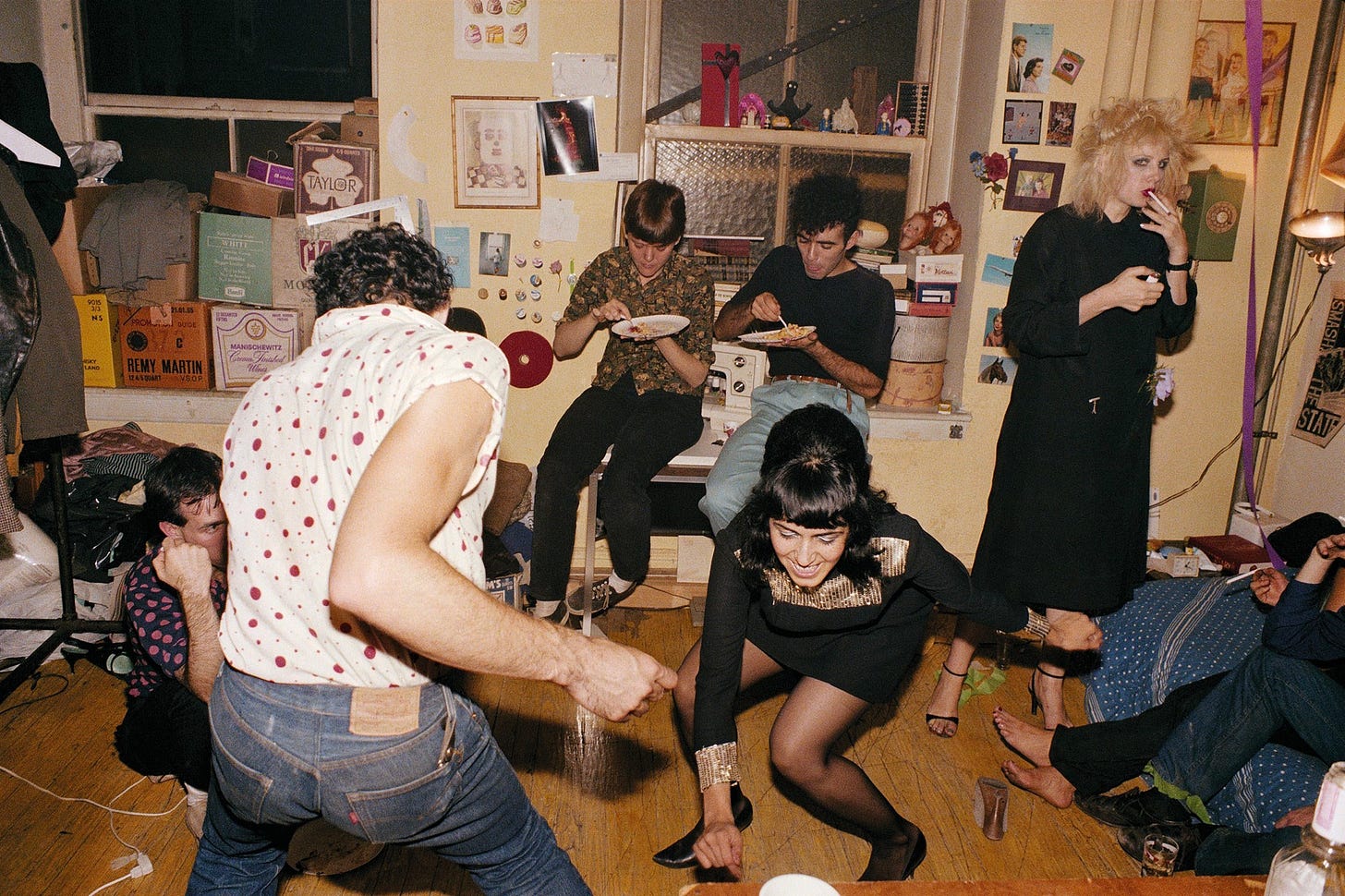#32: Self-pity unveils what you desire
an intentional trip down memory lane can give you a lot of clues about where you are headed
I love looking back at photos and recounting the memories that they represent. But every time I do it, I am plagued by confirmation bias. I go into these memory hunts in a specific state of mind and the details that they pull out of me at that time are responses to whatever mood I am in. I am never getting the complete picture. But what I am doing is gathering information about what it is that I want right now.
There are things about previous versions of myself that I miss. And in the same breath, I would definitely not want to revert to a younger me if given an opportunity.
On the one hand, we long for our past passion, drive, self-discipline, and beauty. But on the other hand, we remember how lost we felt, how naive we were, and how narrow our focus seemed to be.
It is easy to judge ourselves for this feeling of longing. The second arrow of judgment comes from a) feeling shitty that you’ve lost touch with one of your own past qualities, and b) adding in a layer of criticism for the fact that the present you can’t just STFU and be grateful for what you currently have.1 Another name for this is self-pity.
Today’s newsletter is not necessarily a defense of self-pity but rather a reframe.2
The question that I have been considering lately is why do I make this missing wrong?
Why do I move from longing for a version of myself that (I claim) only existed in the past to shaming myself for wanting her return?
I am going to use twenty-year-old Charlotte studying abroad in New Zealand as an example for the sake of broadening our understanding.
When I look at this version of myself with a yoga mat strapped to my back, a bright pink beanie on my head, and remember the feeling of how freezing cold the sand was in my gold Haviannas but how little it mattered because I had just woken up in a tent, made a cup of disgustingly perfect instant coffee with my friends,3 and was about to meander through Abel Tasman for the rest of the day, I am envious of her sense of adventure.
That envy points me towards a specific craving. I am not bad or wrong for looking at that version of myself and missing her. I am giving my present self more information about what I want to cultivate in this current chapter of life.
This goes for any chapter, any moment, and any feeling.
Instead of judging ourselves for the woah is me feeling that can accompany a period of reminiscing, what if we are able to use it to our advantage in illuminating the things that we are wanting now?
I think about the following quote all the time.
It’s really hard to know what you want but it’s really easy to get it when you do.— Noah Kagan4
That stirring feeling, the wanting feeling, the seeking-validation feeling… those all happen in the moments prior to discovering what it is that you really need. Once that discovery has been made, the act of service that you embark upon to bring that to yourself feels as good as— if not better than— the arrival of whatever it is that you are after in itself.
Maybe you just need a small challenge.
Sometimes the small challenge you create to cultivate a past quality again feels really good.
Maybe you miss the version of you that read before bed instead of doom-scrolling social media, so you order a digital alarm clock and give your phone a timeout on the kitchen charger from 10 pm to 30+ mins after you wake up the following morning.
Or maybe you feel like your conversations with your partner lately have lacked substance so you start going on podcast walks after dinner and pausing midway to discuss.
Or maybe what you need is actually a momentary distraction.
Sometimes, the recognition of what you want after recalling a past version of yourself is bigger than the previous examples. Perhaps you remember a version of yourself that felt more purposeful, passionate, intense, and driven. That version was focused on a project that gave you life, that consumed your waking thoughts, that made you want to learn, listen, grow, and improve.
Perhaps you miss a version of yourself that was in a committed relationship and you’re ready for that again.
You may not be able to find a similarly life-giving endeavor or a new partner in the present moment and actually trying to will something this big into fruition sends you into a tailspin. So in these moments, the easier path may be an intentional distraction.
Take a step back.
Focus on something else.
Rick Rubin talks about the power of distraction in The Creative Act.
“When we reach an impasse at any point in the creative process, it can be helpful to step away from the project to create space and allow a solution to appear. We might hold a problem to be solved lightly in the back of our consciousness instead of the front of our mind. This way, we can remain present with it over time while engaging in a simple, unrelated task. Examples include driving, walking, swimming, showering, washing dishes, dancing, or performing any activity we can accomplish on autopilot.”5
You know the difference between these two types of realizations. If you feel an immediate relief in thinking about committing to small but meaningful actions to cultivate a former quality, then you are in the first camp. But if the thing that you are missing about yourself is a bigger, more ever-present, all-encompassing characteristic, then you will likely feel relief from knowing that your underlying need has been clarified and the path forward just involves momentarily putting down the noisy tool of your mind so that you can focus on other things and allow whatever it is that you are desiring to reveal itself to you in a moment of intentional distraction.
Or as Rubin says, “Sometimes disengaging is the best way to engage.”6
And then there is one more final layer of this.
Let us not forget the nuances of those past versions of ourselves.
I started this newsletter by saying that when I look back at pictures, it can be helpful because the details that stand out to me represent the gaps between what I currently have and what I am wanting. Therefore, this reminiscing can be helpful in clarifying what you are needing at the moment. However, there is also a lot of information in these memories that we are selectively leaving out. We tend to look back at the past with rose-colored glasses.
Yes, twenty-year-old Charlotte in New Zealand was having a blast. She did feel free-spirited and adventurous and like her bar for happiness had been re-set. But there were also moments in which she felt super lonely, far from home, timid about the future, and trapped in the prison of her own mind.
These parts of our past selves are important to remember, too, not for the sake of dwelling, but rather to remind you that life is always a mixed bag. There is always contrast.
Life is just a beautiful back and forth between boredom and happiness and sometimes we get those two things confused.
Boredom comes from lacking stimulus. We naturally solve for boredom by finding new points of interest. And in that process, we arrive at happiness again… until that form of happiness wears thin and then we start the process over.
I just finished Tomorrow, and Tomorrow, and Tomorrow, which I absolutely adored and credit for the previous thoughts about the relationship between happiness and boredom. Gabrielle Zevin captures this with the dialogue that she creates between two characters in their imaginary world of a computer game:
“There must be more to life than working and swimming and playing Go.” “The boredom you speak of,” Alabaster said. “It is what most of us call happiness.” “I suppose.” Alabaster sighed. “This is the game, Emily.” “What game?” Alabaster rolled their lilac eyes. “You are happy, and you are bored. You need to find a new pastime.”7
To me, there is no better feeling than finding a new pastime or feeling the satisfaction of reaching a level of mastery in your current area of interest. But the point that I am making here is that if contrast is always present and if boredom and happiness go hand in hand, then we need not look back at our past selves and overly focus on the good things that we had that we now lack or the bad things that we had that we’ve since rid ourselves of.
There can be a concurrent appreciation of all of the above.
We can use our past selves (or other people) to derive information about where it is that we are headed. And also to remind ourselves that even in the rose-colored moments of our personal histories, there were still challenges that are no longer as big or sticky to us now. Therefore, the present dis-ease that we are experiencing will fade too. And the joy that we find through whatever it is that we are moving toward will be a future image that we look back upon fondly.
It’s funny. When you ask people in their 40s, 50s, and beyond how old they feel cognitively, many say 20 or 30. But if you were to then ask if they’d like to go back and be that version of themselves right now, they usually say no. At least not without the information that they’ve gathered and implemented in the interim.
To me, this is proof that we can take the meat of the vibrancy, vitality, drive, self-discipline, and beauty of our younger selves and leave the bone of their past naïveté, pitiful sadness, and existential angst.
I can look back on this picture of twenty-year-old Charlotte in New Zealand with this new frame and decide what I want to take from it. There is so much story here. There is so much happiness, so much growth, and so much excitement about the future. And so much confusion, despair, angst, and lack of awareness. None of that is good or bad. The things that stand out now as cravings are information about what underlying needs I have not met. And the things that I look back upon and laugh at my younger self for are signs that I have grown.
If you are also a photo-reminiscer, I encourage you to use this frame of mind when you are looking back at old pictures and see what information is unveiled to you.
In sum, today’s newsletter was about a couple of different things:
Acknowledge the overly rosy lens that we tend to use in reflecting on our past. Remember that it’s always a mixed bag. And that is a good thing so long as you recognize it as such.
Once you have come to accept that there are still things that you admire about your past self or other people, use that as a guide for clarifying what it is that you need. And then decipher if that clarity alone leads you to action or if you need an active distraction in order to clear space for it to come to fruition.
That’s all for this week! Thank you for Getting Caught Up in Char’s Web and I will catch you here next Thursday, same time.
**And an always thank you to my brilliant curator, Xandra, for tying this whole newsletter together with her recommendations of Nan Goldin and Gerhard Richter this week.**
Some housekeeping…
If you can’t find the newsletter, check your spam folder. And please mark this address as ‘not spam.’ If the newsletter isn’t in your spam folder either, you should look in the Promotions tab.
If you enjoyed reading today, you can always see everything I’ve posted previously on my Substack dashboard.
the second arrow is a Buddhist principle
hi sarah!
Rick Rubin, The Creative Act, page 85.
Ibid.
Gabrielle Zevin, Tomorrow, and Tomorrow, and Tomorrow, page 357.










